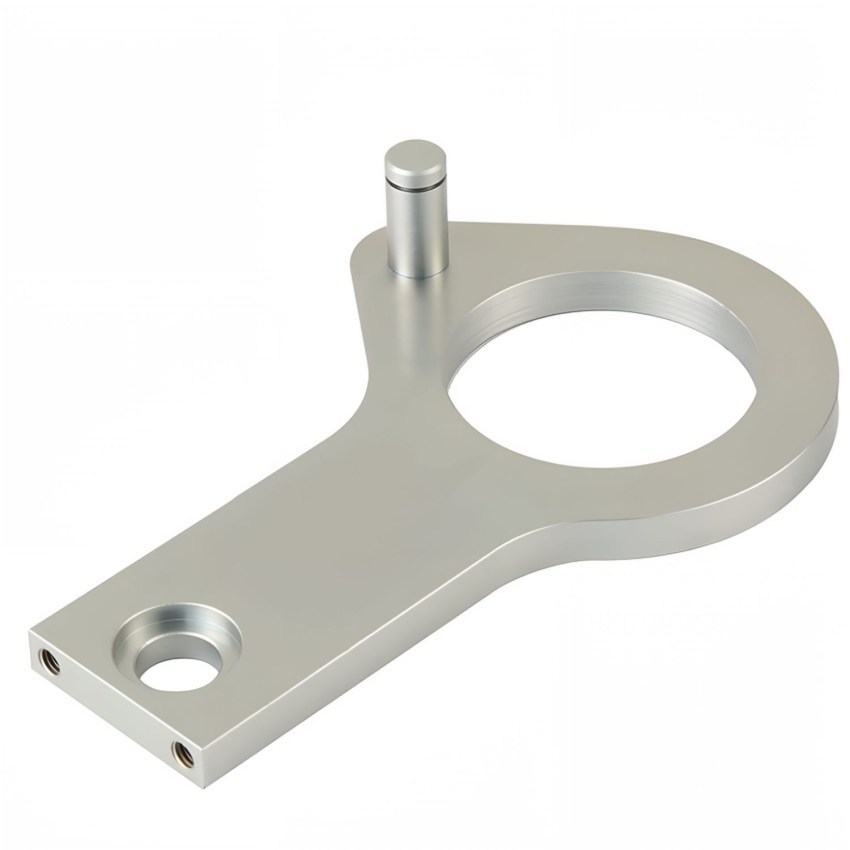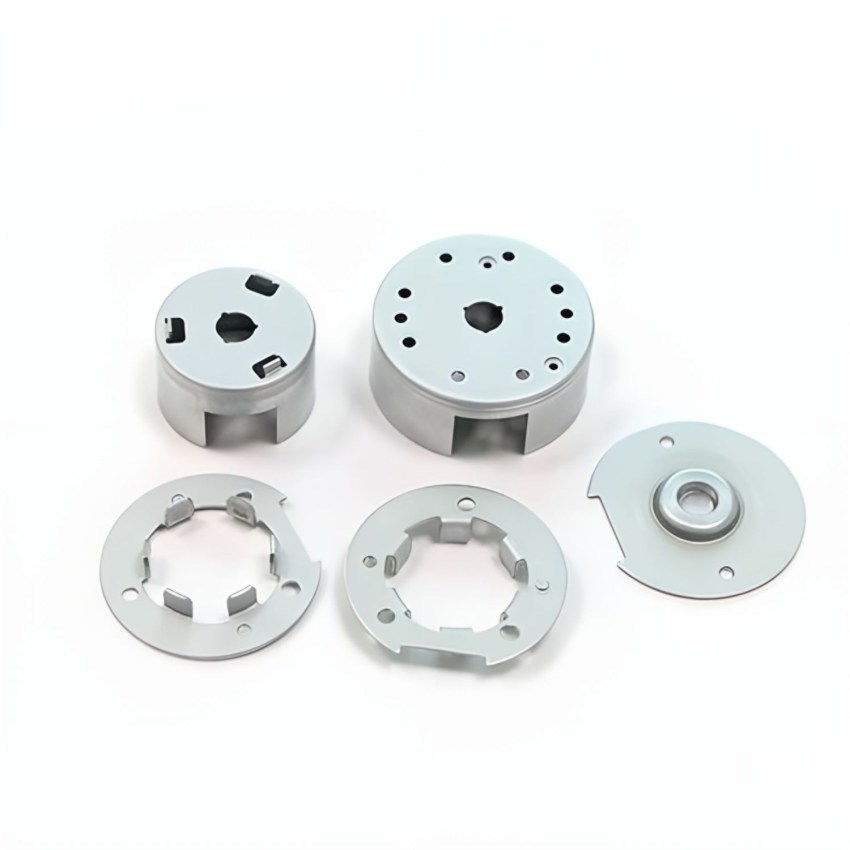Unlocking the Secrets of Efficient Sheet Metal Manufacturing Techniques
Release time:
2025-04-30
Unlocking the Secrets of Efficient Sheet Metal Manufacturing Techniques Table of Contents 1. Introduction to Sheet Metal Manufacturing 2. Importance of Efficiency in Manufacturing 3. Key Techniques in Sheet Metal Fabrication 3.1 Advanced Cutting Technologies 3.2 Precision Welding Techniques 3.3 Innovative Forming Methods 4. Lean Manufacturing Principles in Sheet Metal Production 5. The Role of Tec

Unlocking the Secrets of Efficient Sheet Metal Manufacturing Techniques
Table of Contents
1. Introduction to Sheet Metal Manufacturing
2. Importance of Efficiency in Manufacturing
3. Key Techniques in Sheet Metal Fabrication
3.1 Advanced Cutting Technologies
3.2 Precision Welding Techniques
3.3 Innovative Forming Methods
4. Lean Manufacturing Principles in Sheet Metal Production
5. The Role of Technology and Automation
5.1 Software Solutions for Manufacturing
5.2 Robotics in Sheet Metal Fabrication
6. Quality Control Measures
7. Sustainability in Sheet Metal Manufacturing
8. Future Trends in Sheet Metal Fabrication
9. FAQs about Sheet Metal Manufacturing Techniques
10. Conclusion
1. Introduction to Sheet Metal Manufacturing
Sheet metal manufacturing is a crucial component of modern industries, providing the necessary materials for everything from automotive to aerospace applications. By utilizing various techniques for cutting, bending, and assembling metal sheets, manufacturers can produce high-quality parts efficiently. This article uncovers the secrets behind effective sheet metal manufacturing, focusing on methods that enhance productivity and minimize waste.
2. Importance of Efficiency in Manufacturing
Efficiency is paramount in manufacturing, particularly in the competitive landscape of sheet metal production. High efficiency not only reduces operational costs but also improves turnaround times and product quality. By streamlining processes, manufacturers can respond swiftly to market demands, ultimately increasing profitability and customer satisfaction.
3. Key Techniques in Sheet Metal Fabrication
To achieve efficient sheet metal manufacturing, it is essential to implement advanced techniques that optimize each stage of production. Here, we explore some of the most effective methods.
3.1 Advanced Cutting Technologies
Cutting is one of the first and critical steps in sheet metal fabrication. Advanced technologies such as laser cutting, plasma cutting, and water jet cutting have revolutionized the way metal sheets are processed. **Laser cutting**, for example, offers precise cuts with minimal heat-affected zones, ensuring a clean finish that reduces the need for secondary processing. **Plasma cutting** is ideal for thicker materials, while **water jet cutting** excels in applications requiring intricate designs without introducing thermal stress.
3.2 Precision Welding Techniques
Welding is vital for joining metal pieces together. Techniques such as **TIG (Tungsten Inert Gas) welding** and **MIG (Metal Inert Gas) welding** offer different advantages. TIG welding provides high precision, making it perfect for thin materials and intricate work, while MIG welding offers speed and efficiency for thicker sections. Adopting these advanced welding methods ensures stronger joints and improved overall durability of the final product.
3.3 Innovative Forming Methods
Forming techniques, such as **stamping**, **bending**, and **deep drawing**, are essential for shaping metal sheets into desired configurations. Innovative equipment, like CNC (Computer Numerical Control) presses and automated bending machines, enhances precision and reduces labor costs. By investing in these technologies, manufacturers can significantly increase their production capabilities while ensuring product consistency.
4. Lean Manufacturing Principles in Sheet Metal Production
Implementing lean manufacturing principles is a game-changer in sheet metal production. By focusing on waste reduction and continuous improvement, manufacturers can enhance efficiency. Techniques such as **5S** (Sort, Set in order, Shine, Standardize, Sustain) promote organized workspaces, while **Kaizen** encourages ongoing small improvements that accumulate to significant gains. Emphasizing a culture of efficiency and responsibility among employees leads to a more productive work environment.
5. The Role of Technology and Automation
Automation and technology play a critical role in enhancing the efficiency of sheet metal manufacturing processes. From the initial design phase to production and delivery, these advancements streamline operations.
5.1 Software Solutions for Manufacturing
Modern manufacturing relies heavily on software solutions for design and production management. **CAD (Computer-Aided Design)** and **CAM (Computer-Aided Manufacturing)** software allow for precise design and seamless transition to manufacturing processes. Using these tools not only improves accuracy but also reduces lead times and costs associated with manual processes.
5.2 Robotics in Sheet Metal Fabrication
The introduction of robotics in sheet metal fabrication has transformed production capabilities. Robots can perform repetitive tasks with incredible precision, reducing human error and increasing productivity. Automated welding systems and robotic arms for material handling are examples of how robotics enhance operational efficiency and safety in manufacturing environments.
6. Quality Control Measures
Ensuring the quality of products is non-negotiable in sheet metal manufacturing. Implementing rigorous quality control measures throughout the production process helps identify defects early, significantly reducing waste and rework costs. Techniques such as **statistical process control (SPC)** and regular inspections ensure that every product meets the required specifications, enhancing customer satisfaction and trust.
7. Sustainability in Sheet Metal Manufacturing
Sustainability is becoming increasingly important in manufacturing. The sheet metal industry can contribute positively by minimizing waste and energy consumption. Techniques such as **recycling scrap metal** and using eco-friendly materials not only reduce environmental impact but can also lead to cost savings. Manufacturers that adopt sustainable practices can appeal to environmentally conscious consumers and comply with regulatory standards.
8. Future Trends in Sheet Metal Fabrication
The future of sheet metal manufacturing is bright, driven by technological advancements and evolving market demands. Trends such as **Industry 4.0**, which integrates IoT (Internet of Things) into manufacturing processes, are set to revolutionize operational efficiency. Additionally, the growing emphasis on **customization** in manufacturing will lead to an increased focus on agile production systems that can adapt to changing consumer needs.
9. FAQs about Sheet Metal Manufacturing Techniques
What materials are commonly used in sheet metal manufacturing?
Common materials include aluminum, steel, and copper. Each material has unique properties that suit different applications.
How can I improve efficiency in my sheet metal fabrication shop?
Investing in advanced technology, adopting lean manufacturing principles, and ensuring a well-trained workforce can significantly improve efficiency.
What is the importance of precision in sheet metal fabrication?
Precision is crucial as it directly impacts the quality, durability, and functionality of the final products.
How does automation affect labor in sheet metal manufacturing?
While automation can reduce the need for manual labor, it also creates opportunities for skilled positions focused on operating and maintaining advanced systems.
What are the environmental impacts of sheet metal manufacturing?
Sheet metal manufacturing can produce waste and emissions. However, adopting sustainable practices can mitigate these impacts.
10. Conclusion
Efficient sheet metal manufacturing techniques are essential for thriving in a competitive market. By embracing advanced technologies, innovative practices, and a commitment to quality and sustainability, manufacturers can unlock new levels of productivity and profitability. As the industry continues to evolve, staying informed and adaptable will be key to maintaining an edge in sheet metal fabrication. By implementing the strategies outlined in this article, businesses can pave the way for a successful future in sheet metal manufacturing.
Key words:




